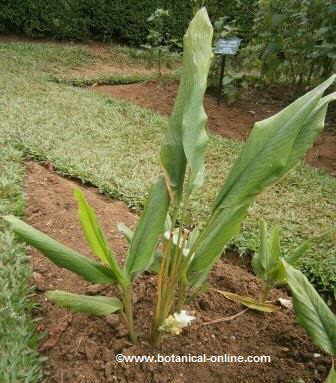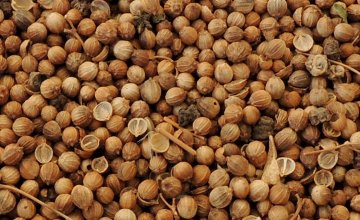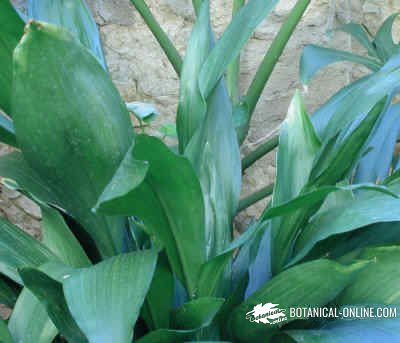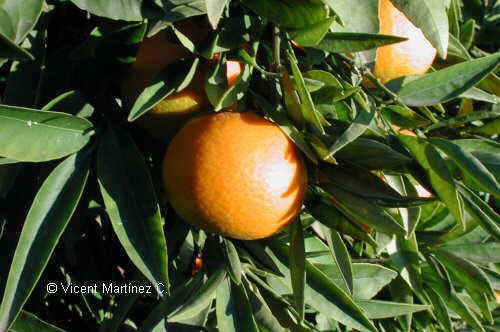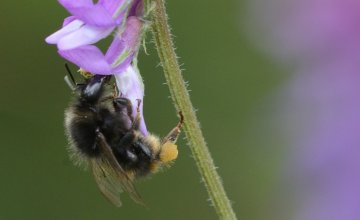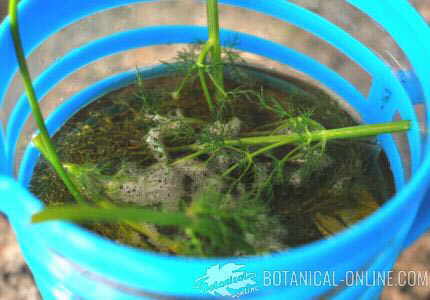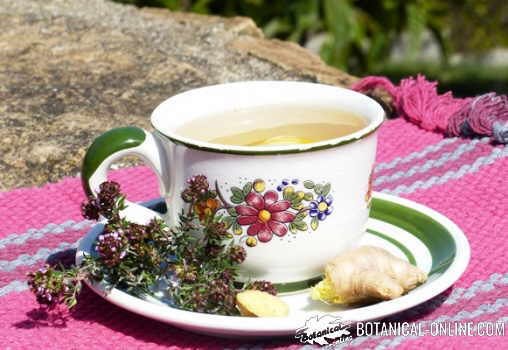Contents
How to grow anise at home
 Anise. Characteristics
Anise. Characteristics
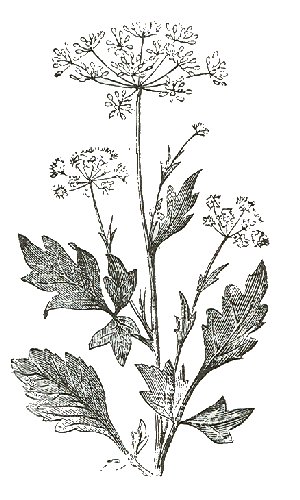
Anise plant
Perennial plant of the Umbelliferae family of up to 50 cm in height.
Stems erect, pubescent, rounded and striated arising from a woody root.
Leaves petiolate, the lower heart-shaped and lobed, 2-5 cm in length, the upper lanceolate-linear, and very divided.
White flowers about 3 mm in diameter, together in umbels, with long stalks, with five petals.
Fruit of 3-5 mm in diachenium, aromatic and provided with 5 rows.
Where to find anise plants?
Natural from the east of Europe in the zone that, at the moment, includes the Middle East, Turkey, Egypt, Greece and the Greek islands, where it grows wild.
At present it appears as species cultivated in many warm regions of the world although it is very difficult to become naturalized outside his place of origin and it is only cultivated from seeds planted in the month of April
The main anise producers of the world are Turkey, China, India, Mexico, Spain and Germany.
Anise of better quality is produced in Spain.
 Anise. Irrigation
Anise. Irrigation
Anise does not support flooded or very humid earth. It should be watered only when in bloom if the weather is dry.
 Anise uses
Anise uses
It is essentially used as a spice for the preparation of plates and pies of all type.
As a medicinal plant, it has numerous applications for the digestive and respiratory apparatus and the nervous system.
The essence of its fruits is extracted to be used in the pharmaceutical industry, the industry of cosmetics, liquors and perfumes.
 Anise. Environment and exposure
Anise. Environment and exposure
This herb comes from warm and sunny places reason why it is necessary to provide an atmosphere to him that responds to these parameters. It must be planted in the sun and it does not grow in shady or oriented places towards the east. It does not support to the frosts or the too much environmental humidity. It is also important that it is protected from the wind.
 Anise. Soil, fertilizer and maintenance
Anise. Soil, fertilizer and maintenance
It prefers compacted, loose, sandy soils , but they must contain a good proportion of organic material. Calcareous soils or limestone-silicon are the favorites. Do not plant in clay soils or those that retain too much water.
The soil should be tilled, raked and fertilized with about 18 t / ha of manure before planting. After a couple of weeks after planting we will clear the field, removing the excess of plants, and ridging, that is covering the base of the plant with sand to produce a greater root development.
It is important to keep the field free of weeds by weeding it when necessary, which should usually be taken place two or three times a year.
Pruning is done when the plant is about 20 cm in height. This will eliminate slight excess branches or foliage, which will facilitate the ventilation of the feet and prevent the growth of fungi.
Fertilization takes place in spring. In addition to the fertilization with manure during land preparation, use the following products rich in sulfur.
- 200 kg / ha of ammonium sulphate
- 200 kg / ha of potassium sulphate
- 400 kg / ha of gypsum
- 500 kilo kg / ha calcium superphosphate
 Anise. Reproduction
Anise. Reproduction
The reproduction will be held in mid-spring from seeds sown directly drilled in its final location. The seeds are planted at a depth between 1 and 4 cm, requiring approximately 6 kg / ha.
Previously, the field must be plowed and should have some moisture for the seeds to germinate. The germination occurs after about 10 or 30 days. At birth, they are left rooting well for about 10 days and then lightens excess plants, allowing the feet to maintain a distance between 20 and 25 cm.
 Anise. Flowering, fruition and collection
Anise. Flowering, fruition and collection
The flowers are born after about three months after to have germinated. These usually last three weeks.
The plants usually are collected when they present a dark brown appearance before the opening of the fruits and when the plant begins to lose the leaves turn yellow. It is desirable to do so in the morning, when the plant has a higher concentration of essence.
After cutting them, they are dried to the sun or in an inner enclosure with good ventilation. Once dry, the fruits are separated with the technique of hitting with a stick, they are cleaned by means of a sieve and they separate of the rest of dry matter by means of the wind.
*Related information: Anise pests and diseases
![]() More information on anise.
More information on anise.

 Anise. Irrigation
Anise. Irrigation
